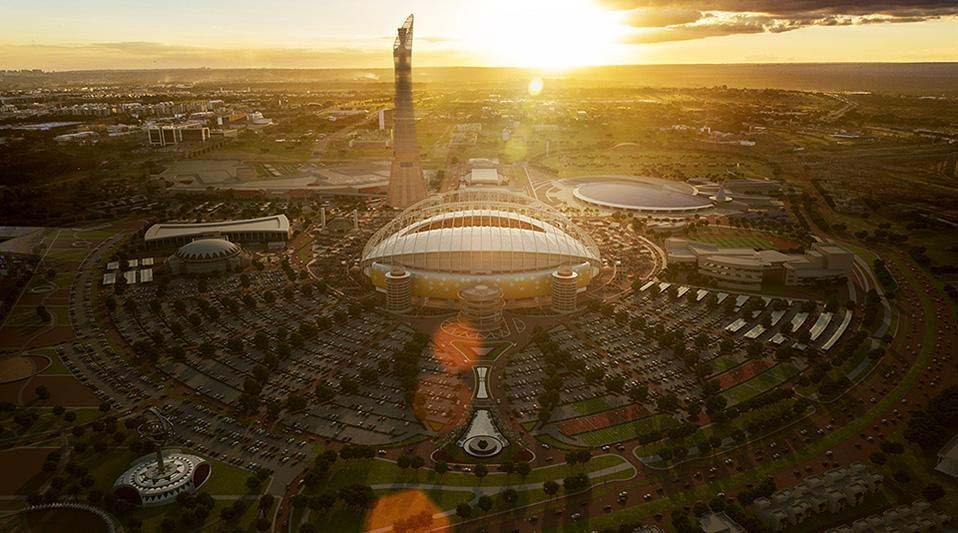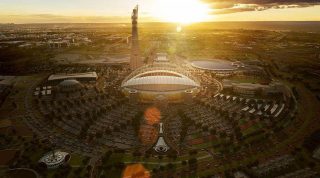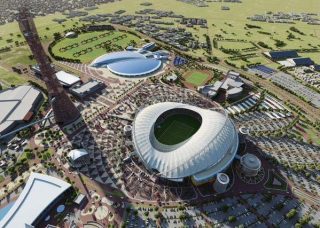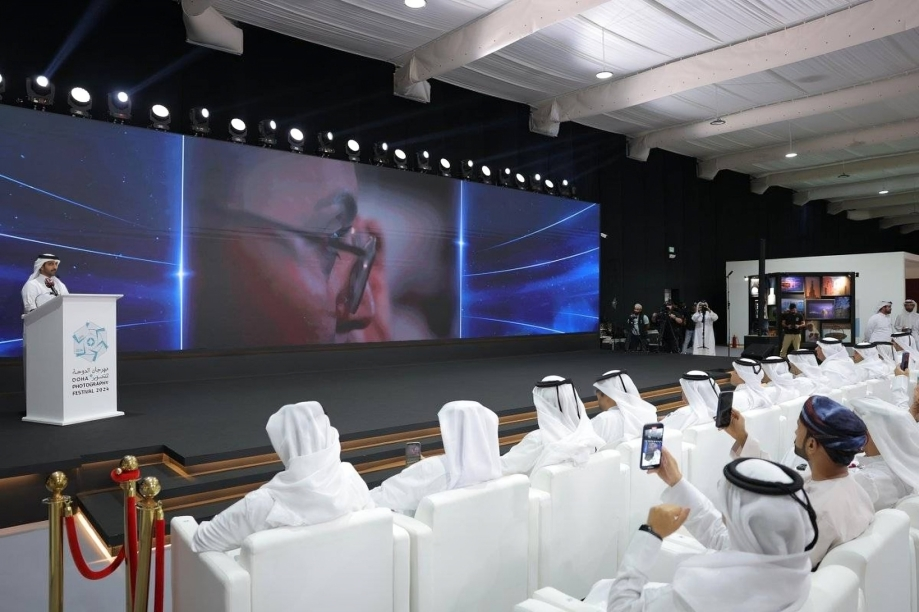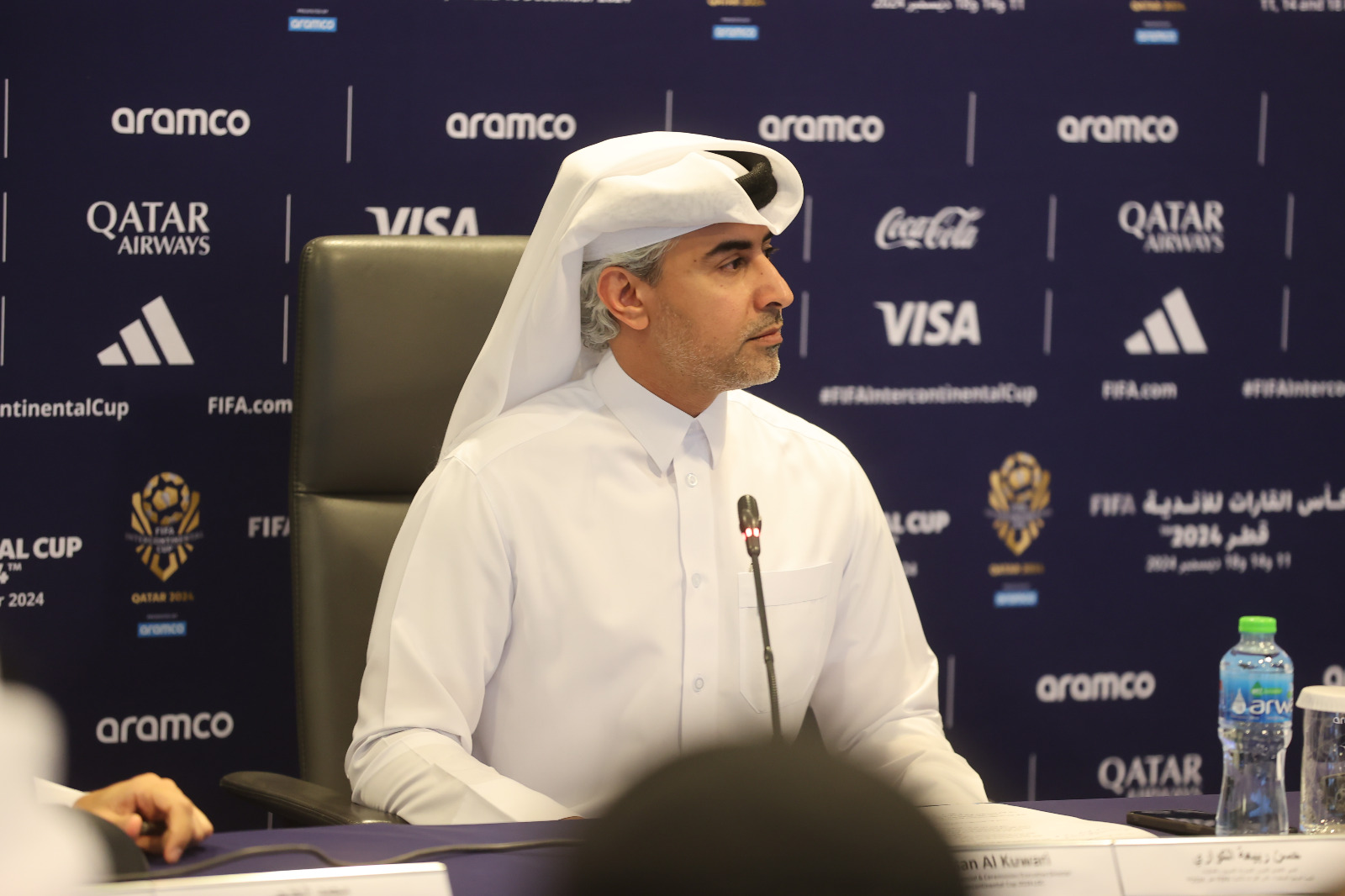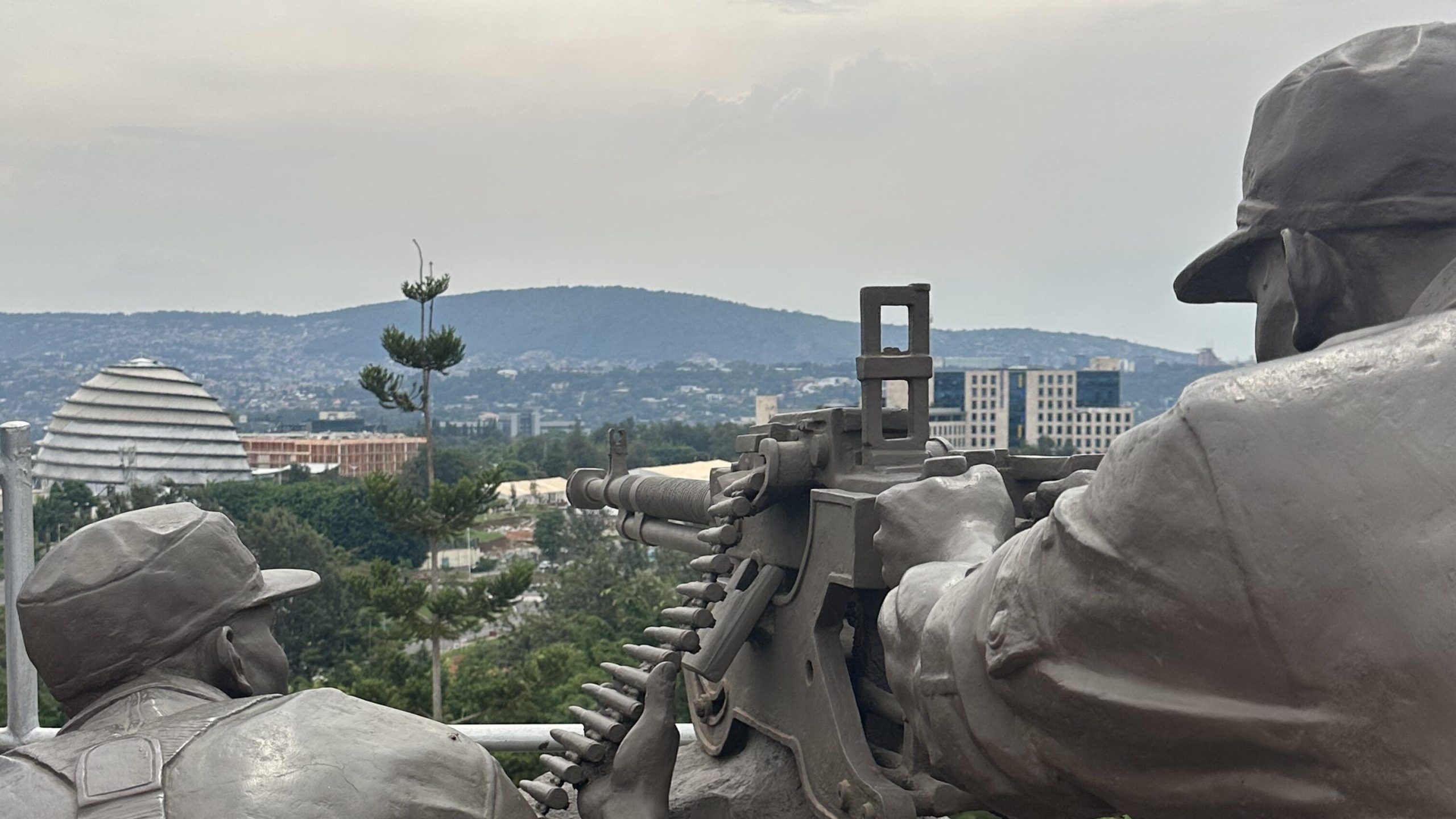All photos courtesy of the Supreme Committee for Delivery & Legacy
Qatar’s 2022 World Cup organizing body has unveiled its latest stadium design plans with a look at Khalifa International Stadium in the Aspire Zone.
The stadium, which is nearly 40 years old, is being remodeled, but is expected to keep its iconic metal arcs.
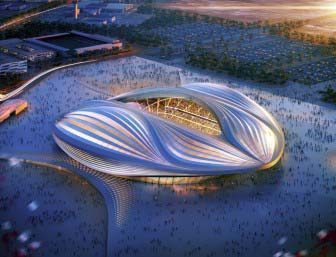
The curved design, which is reminiscent of architect Zaha Hadid’s vision for Al Wakrah stadium, features a swooping roof.
It will cover a seating area that is being expanded to create capacity for 40,000 spectators and to ensure it complies with FIFA’s stadium requirements for hosting group, round of 16 and quarter-final matches.
Images of the new arena appear to show that the athletics track that surrounds the current football pitch but which contravenes FIFA rules for a World Cup hosting venue, has been removed.
However, as the footprint of the track looks to be the same, questions may be raised by some fans about sight lines – a common complaint regarding the current configuration of the stadium.
Features
The design also includes plans for the construction of a new building at the east wing, which would house the new 3-2-1 Qatar Olympic and Sports Museum. That facility will include items and interactive exhibits demonstrating Qatar’s growing relationship with sports.
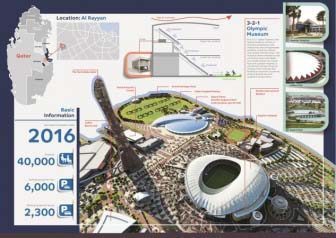
The upper and lower levels of the wing will also feature food courts, shops, multi-purpose rooms, VIP lounges and a health center, the Supreme Committee of Delivery & Legacy (SCDL) said in a statement released last night.
One of the key aspects of the stadium redevelopment will be its new cooling technology, which is expected to keep temperatures at a steady 26C (79F).
The stadium and training sites will use the cooling system that was tested during the open air fan zone hosted in Katara Cultural Village as spectators watched matches from the Brazil World Cup earlier this summer.
The same technology, which cooled air temperatures by 12 degrees Celsius, has also been successfully tested on a full-size football pitch, the SCDL said.
In the surrounding area, there will be parking for up to 6,000 cars and a further 2,300 buses.
Past, present, future
Images and details of the stadium re-design were revealed last night by SCDL and Aspire Zone Foundation during a ceremonial dinner in the Saudi Arabian capital of Riyadh as the 22nd regional football tournament the Gulf Cup drew to a close.
As part of the unveiling, an emotional video released by SCDL charted the history of the stadium, and included snippets of interviews with key sporting heroes in Qatar.
They discussed their memories of Khalifa Stadium, which has hosted international sporting events such as the Asian Games and the Gulf Cup, and is expected to host the 2019 IAAF World Championships in Athletics, which Qatar won hosting rights to last week.
Khalifa International – one of Qatar’s oldest stadiums – was first built in 1976 and then renovated in 2006 ahead of the Asian Games. Work began on the latest refurbishment in July this year, and it is expected to be complete by 2016, making it the first World Cup-ready stadium in Qatar.
The main contractors on the refurbishment are a joint venture comprised of local contracting firm Midmac and a subsidiary of Belgium–headquartered Besix Group, Six Construct.
Dar Al Handasah and Projacs are the design consultant and project manager, respectively.
Confirmed venues
So far, seven venues have been confirmed to host Qatar’s World Cup games in 2022. Designs have already been announced for Al Wakrah stadium and Al Bayt stadium in Al Khor. Construction on both of these facilities is expected to be completed by 2018.
An announcement for the design of the fourth arena in Education City, which is currently undergoing enabling works, is expected to be made in early December.
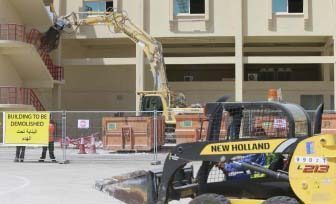
Meanwhile, Al Rayyan Stadium, which is set for a 2019 completion date, will now be totally rebuilt rather than just refurbished, as was originally planned. Its design is set to be revealed by SCDL on National Day (Dec. 18).
Earlier this month, an SCDL official revealed the locations of the sixth and seventh venues – a new stadium on the site of Qatar Sports Club in Dafna/West Bay, and another near the new Hamad International Airport. Work on these is expected to get underway in the second quarter of 2015.
FIFA requires at least eight venues to be used to host the 64 matches during the international tournament. While Qatar made its bid based on holding games on 12 sites, it will likely pare that number.

